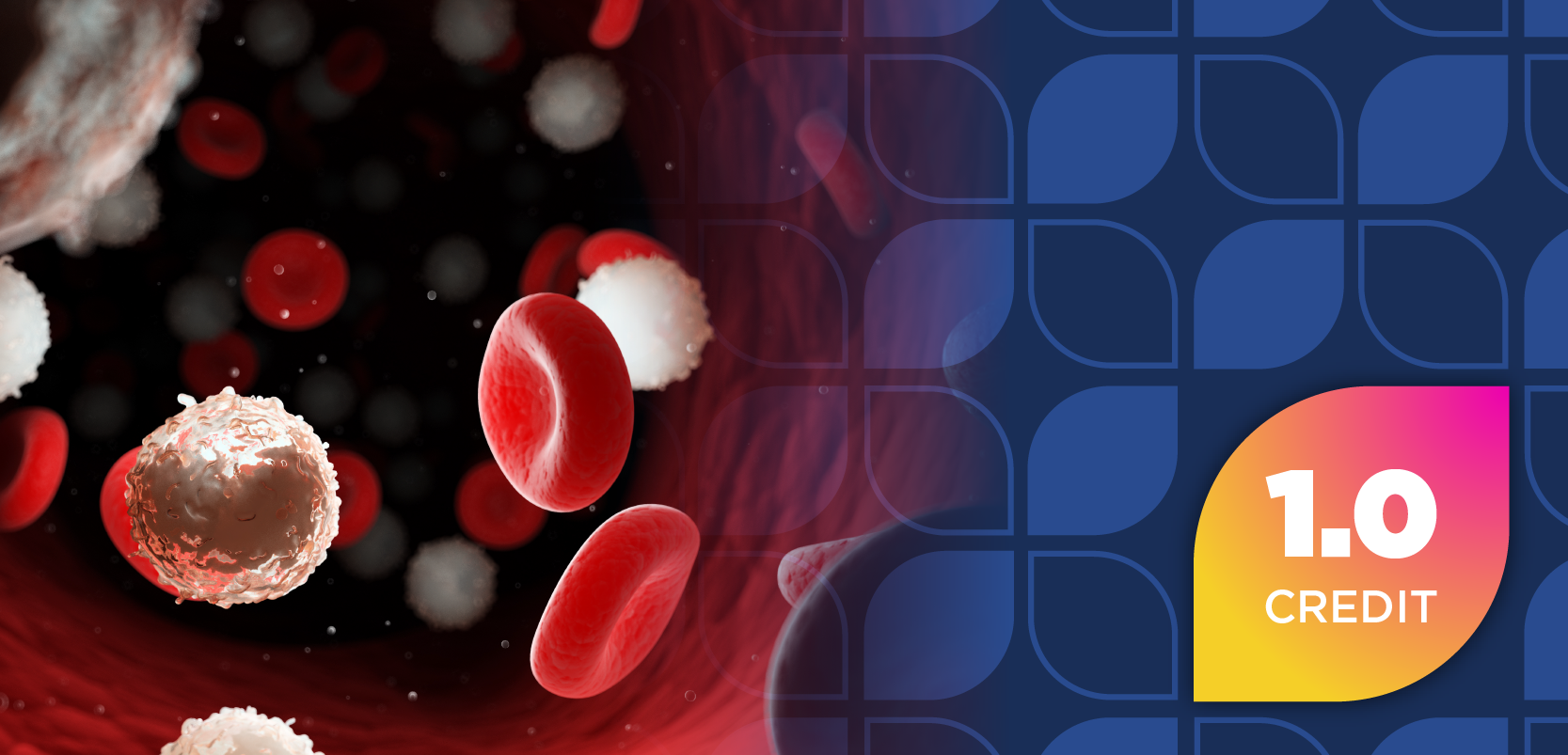
- Volume 0 0
Counterfeit Drugs: A Life-or-Death Problem
As I have discussed before, theissue of counterfeit prescriptiondrugs continues to be amajor problem in the United States. Thecounterfeiting of the actual drug is certainlyone issue, but so is the replicationof the drug packaging and the labelplaced on the pill vial or injectable bottle.
I just returned from the annual conferenceof the National Association of DrugDiversion Investigators (NADDI), where Ihad the pleasure of briefly meeting theauthor of a book that I think is a mustreadfor all pharmacists.
The author is Katherine Eban, thebook is entitled Dangerous Doses, andit is the result of an almost 3-yearinvestigation by the author into a largescalecounterfeiting prescription drugoperation based in southern Florida. Inthe book, she follows an ongoing investigationinto this problem where thecriminals primarily live in the Miami,Fla, area, but have a devastating effecton patients across the country.
Eban writes about a breast cancerpatient, Maxine, who lives in Missouri,and was experiencing excellent resultsthrough her injections for her anemia.It was such a boost to Maxine's energyand well-being that she looked forwardto her weekly injections of the expensivedrug.
Then one day, the usual burning sensationthat Maxine experienced when itwas injected by the nurse had disappeared,and she felt she was actually gettingused to the drug. Her energized selfbegan to deteriorate again, however, andshe had no clue as to why.
The reason was that the medicationshe was receiving had 5% of the potencylisted on the label. Maxine's medicationwas actually 2000 U/mL, when thelabel indicated it was 40,000 U/mL.Counterfeiters had obtained the lesspotent, cheaper product, and then produceda label for the much more expensiveProcrit, which caused Maxine'ssudden decline in her treatment.
This example of the results of counterfeitingdrugs, labels, and packagingmaterial and several others are detailedin the book. It once again shows whatsome criminals will do to make hugeprofits at the expense of innocent people.In this case, the innocent victimscould be your patients, where life anddeath may be a very valid concern.
Counterfeiting pharmaceuticals in allforms continues to represent an understandableconcern for regulators, lawenforcement, and health professionals.It is essential that we all continue topursue this problem in order to safeguardthe prescription and OTC drugsupply in America.
Katherine Eban's book may scare youa little, but its importance in making youaware of the problem may reap benefitsin your own corner of the world as youstrive to protect your patients while providingquality pharmacy care.
John Burke, commander ofthe Warren County, Ohio,drug task force and retiredcommander of the CincinnatiPolice PharmaceuticalDiversion Squad, is a 38-yearveteran of law enforcement.Cmdr Burke also is the currentpresident of theNational Association of Drug DiversionInvestigators. For information, he can bereached by e-mail at burke@choice.net, viathe Web site www.rxdiversion.com, or byphone at 513-336-0070.
Articles in this issue
almost 20 years ago
Resealable and Nultraviolet Ultraviolet (UV) Inhibitant Bagsalmost 20 years ago
High Alert Insulin Binalmost 20 years ago
Hydase (hyaluronidase injection, USP)almost 20 years ago
Humira (adalimumab)almost 20 years ago
INVANZ (ertapenem for injection)almost 20 years ago
Compounding HOTLINEalmost 20 years ago
Customer Guilty of Prescription Fraud by Supporting Friendalmost 20 years ago
Qui Tam Lawsuits Blow the Whistle on PBMsalmost 20 years ago
Can You Read These Rxs?almost 20 years ago
What You Need to Know About Alzheimer's DiseaseNewsletter
Stay informed on drug updates, treatment guidelines, and pharmacy practice trends—subscribe to Pharmacy Times for weekly clinical insights.
























































































































































































































